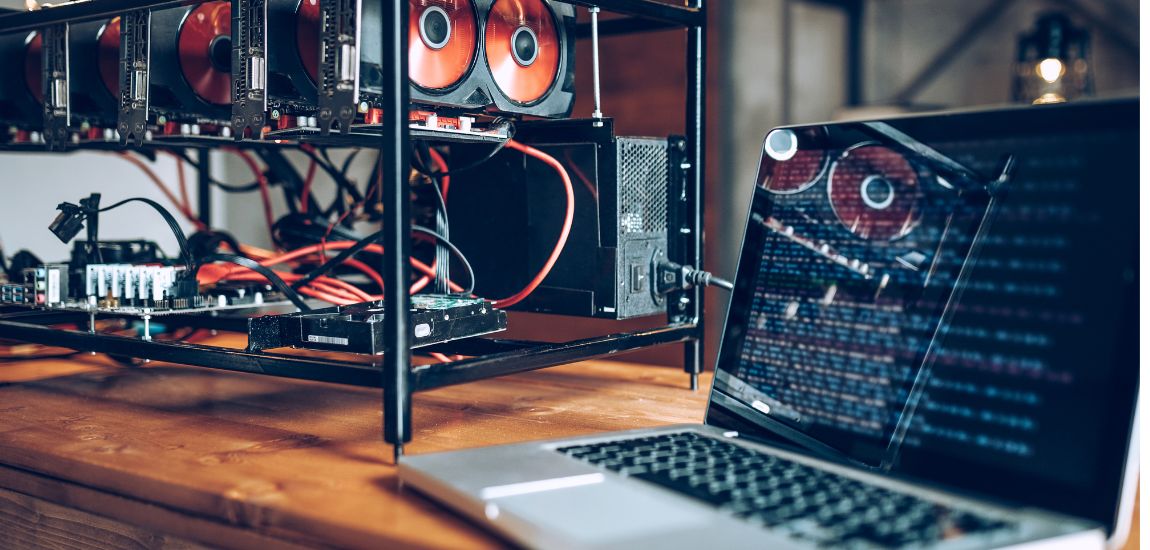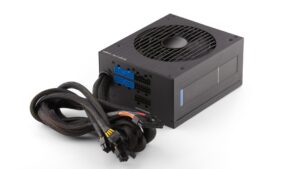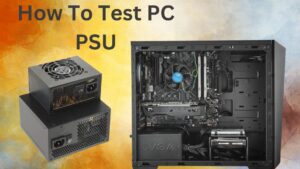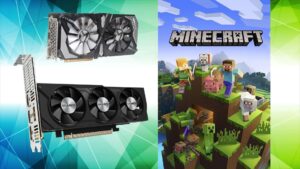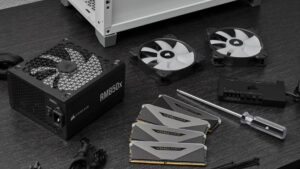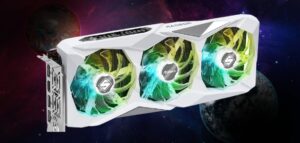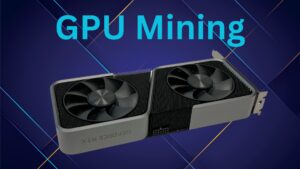Hardware Accelerated GPU Scheduling Not Showing
Users occasionally encounter perplexing issues that can hinder optimal performance. One such concern that has emerged in recent times is the elusive disappearance of the Hardware Accelerated GPU Scheduling display. This feature, designed to enhance graphics processing efficiency, may sometimes go missing, leaving users puzzled. In this comprehensive guide, we will explore the potential reasons behind this phenomenon and provide step-by-step troubleshooting solutions to help you reclaim the benefits of GPU scheduling.
What is Hardware Accelerated GPU Scheduling?
Hardware GPU scheduling is a feature designed to optimize graphics performance on Windows systems. It allows your GPU to manage its video memory and tasks more efficiently, leading to smoother graphics and enhanced overall system performance.
Understanding Hardware GPU Scheduling
Before delving into troubleshooting, it’s crucial to grasp the significance of Hardware Accelerated GPU Scheduling. Introduced in Windows 10 version 2004, this feature offloads some of the GPU scheduling responsibilities to dedicated hardware. The goal is to reduce latency and improve overall system performance, especially in graphics-intensive tasks.
Possible Causes of Missing GPU Scheduling Display:
1. Outdated Graphics Drivers:
One common reason for the absence of GPU scheduling options is outdated graphics drivers. Manufacturers regularly release updates to optimize performance and compatibility with the latest features. Visit the official website of your GPU manufacturer (NVIDIA, AMD, or Intel) and download the latest drivers for your specific model.
2. Incompatible Hardware or Drivers:
Compatibility issues between your hardware and the GPU scheduling feature can lead to its disappearance. Ensure that your graphics card and system meet the necessary requirements outlined by the GPU manufacturer. Additionally, check for any conflicts between installed drivers and third-party applications that may interfere with GPU scheduling.
3. Unsupported GPU:
Not all GPUs support Hardware Accelerated GPU Scheduling. Confirm that your graphics card is compatible with this feature by referring to the official documentation from the GPU manufacturer. If your GPU is not supported, the option may not appear in the settings.
4. Windows Update Issues:
Windows updates play a crucial role in maintaining system stability and introducing new features. A glitch in the update process could result in the GPU scheduling option not being displayed. Ensure that your operating system is up to date by checking for and installing the latest Windows updates.
Step-by-Step Troubleshooting Solutions:
1. Update Graphics Drivers:
Begin by updating your graphics drivers to the latest version compatible with your GPU. Visit the official website of your GPU manufacturer, download the appropriate drivers, and follow the installation instructions. After the update, restart your computer and check if the GPU scheduling option is now visible.
2. Check Compatibility:
Verify that your graphics card is compatible with Hardware Accelerated GPU Scheduling. Refer to the official documentation from the GPU manufacturer for a list of supported models. If your GPU is not compatible, consider upgrading to a supported model to take advantage of this feature.
3. Verify Windows Update Status:
Windows updates are essential for system stability and feature enhancements. Ensure that your operating system is up to date by accessing the Windows Update settings. Install any pending updates, restart your computer, and revisit the GPU settings to check for the appearance of the scheduling option.
4. Disable Third-Party Applications:
Some third-party applications, especially those related to graphics or system optimization, may interfere with GPU scheduling. Temporarily disable or uninstall such applications and check if the option reappears. Re-enable them one by one to identify the culprit if the issue is resolved.
5. Registry Editor Check:
Access the Registry Editor by pressing Win + R, typing “regedit,” and hitting Enter. If it doesn’t exist, create a new DWORD (32-bit) Value and name it “HwSchMode.” Set its value to 2, restart your computer, and check if the GPU scheduling option appears.
Common Issues and Solutions:
1. Issue:”Hardware-Accelerated GPU Scheduling” Option Missing
If the option to enable hardware GPU scheduling is missing from your settings, follow these steps:
Update Windows:
Ensure your Windows version is updated to the latest release.
Update Graphics Drivers:
Visit your GPU manufacturer’s website to download and install the latest drivers.
Check BIOS/UEFI Settings:
Some motherboards require BIOS/UEFI updates to enable this feature. Check the manufacturer’s website for instructions.
2. Issue: Performance Degradation After Enabling
If you experience performance issues after enabling hardware GPU scheduling, try the following:
Rollback Drivers:
If the latest drivers are causing problems, roll back to a stable version.
Adjust Graphics Settings:
Tweak in-game graphics settings or GPU control panel settings to find the right balance between performance and visuals.
Monitor GPU Temperature:
Overheating can impact performance. Use monitoring tools to ensure your GPU is within safe temperature ranges.
Conclusion:
Troubleshooting the missing GPU scheduling display requires a systematic approach, considering various factors that could contribute to the issue. By updating graphics drivers, ensuring hardware compatibility, and addressing potential conflicts, users can often resolve the problem and unlock the benefits of Hardware Accelerated GPU Scheduling. Regularly checking for updates, both for graphics drivers and the operating system, is key to maintaining a seamless and optimized computing experience.
Remember to approach each troubleshooting step cautiously, and if the issue persists, seeking assistance from official support channels is recommended. Reclaim the power of your GPU scheduling feature and elevate your graphics performance to new heights.
FAQs
Q1: Can I enable GPU scheduling on any GPU?
Yes, but make sure to check your GPU’s compatibility with the feature.
Q2: Is updating drivers really that important?
Absolutely. Outdated drivers can cause compatibility issues and hinder the functioning of hardware GPU scheduling.
Q3: How do I know if GPU scheduling is active?
In your GPU control panel or Windows settings, you should see an option to enable or disable the feature.
Q4: Will enabling this feature boost my gaming performance significantly?
The extent of performance improvement varies, but many users do report smoother graphics and enhanced performance.
Q5: Are there any downsides to enabling this feature?
In most cases, there are no downsides. However, if you experience performance degradation, you can easily revert the changes.
Last Updated on 16 March 2024 by Ansa Imran
Explore the digital realms of gaming withAnsa Imran, a seasoned expert in tech gaming media. Immerse yourself in insightful articles, reviews, and the latest trends in the gaming universe.”

